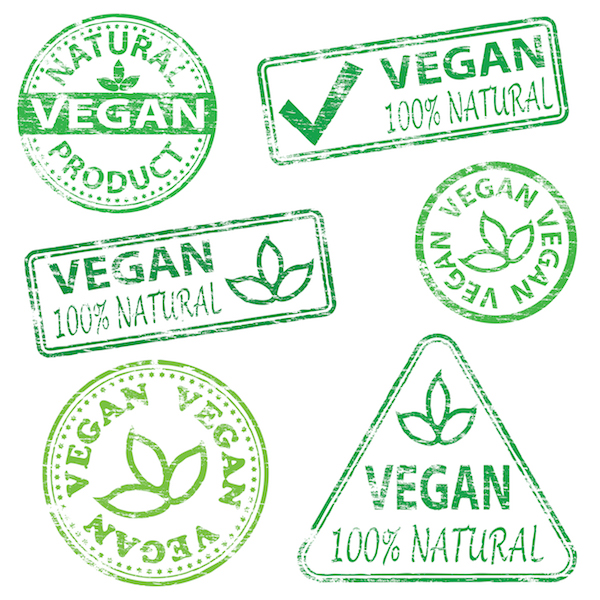If you walk into a grocery or department store and check out the baked goods section, chances are you will look at the labels and the ingredients and some of the other packaging that those products come in. More and more consumers read labels for sugar, sodium and calories along with gluten-free, GMO information and more. While you may not put much thought into the process of labeling, suppliers to these chains know they need to adhere to strict labeling conventions. This is especially true if the packager ships across the country or even globally.
In addition to having to meet federal and state labeling and packaging guidelines, manufacturers who ship to these larger stores also have to adhere to the unique packaging and labeling requirements of each of its clients. For example, Walmart requires that labels be placed on more than one side of a package, while other stores require the labeling to be all on one side or the top or bottom exclusively.
When we talk about labeling we are also discussing barcodes and other identifiers for each product that is delivered to a location.
The suppliers of labels for bakeries and baked goods also need to consider whether the items will be in the freezer case, a refrigerated section or merely on a shelf in the bakery as this will require that a unique type of labeling be provided. Using thermal transfer and direct thermal printing can get the job done for most of the printing required and it’s best to talk with one of our print and label specialists to uncover the type of printer that will best suit your needs and and most efficiently integrated into your facility.
Keep in mind that in addition to placement and the environment in which the label will be used, a manufacturer also needs to keep in mind ease of use in terms of accommodating the various labeling requirements for different retail customers. Determine whether you need to have the label used with various print engines, the type of software and hardware you have available, if you need to integrate the printing across multiple platforms and in more than one location. Talk with us to find a print configuration that will be able to provide you the highest quality printing with the highest level of ease of use.
Whether you’re a first year start-up, a larger company that has only a small need for high resolution printing or a company that has a large need for high resolution printing there’s a good chance you’re looking for a low-cost way to code your packages. But, of course, you still want to look professional in...Continue reading→
Foenix Printer Features The market is flooded with various models of ink jet printers across a wide range of technologies, brand names and ink types, which can make it challenging to discern what printer is the best for which application and environment. Many in the industrial and commercial marketplace are loyal to Foenix Coding Printers,...Continue reading→
Studies have shown that 65-70 percent of purchase decisions are made in-store based on the product packaging and labels alone. With the vast quantity of products available, product packaging is incredibly important! Whether you’re redesigning the look of your existing packaging or launching a new product, there are several tips that will help you produce...Continue reading→
Most consumers are aware that there are products generally manufactured by one company but labeled with another company’s brand, aka private labeling. Not only is this beneficial to the manufacturer who profits from the sale of its product but also creates a stream of revenue from the reseller. Meanwhile, the store who is rebranding it...Continue reading→
There are many different styles of hardware supply packaging and labeling. Even with the different packaging types, it’s imperative that all your packaging meet a highly regulated set of stringent packaging regulations. Barcodes, sensor codes, warning labels, all must meet retail and wholesale standards – every single time. For instance: Nails – packaged in tubs,...Continue reading→
Consumers are becoming more savvy with regards to their food choices and many are turning to vegan, or plant-based alternatives. While it may seem these terms are interchangeable, as they both exclude animal products, they are not necessarily viewed the same way, says the Plant Based Foods Association (PBFA). Labels on vegan or plant-based products...Continue reading→
The demand for electronic cigarettes is on the rise and is showing no sign of slowing down. Without a doubt, ‘vaping’, as it’s commonly called, is gaining popularity. According to one survey, 10% of adults in the U.S. now vape, and the CDC indicates that more than 9 million U.S. adults vape on a regular basis.Continue reading→
According to a study conducted by OnePoll, 75% of those who responded, noted that if the term ‘organic’ was used on the label or in the marketing campaign, they were more likely to make a purchase of said item. Nearly 60% were attracted to any given item if it was labeled ‘all natural’. The survey also found that roughly 20% of the respondents have full trust in organic food labels, with less than 60% having only partial trust.Continue reading→
If the barcode or marking of your product is unreadable, it can result in recalls, unhappy customers, and even fines. It is important to identify these issues early by implementing regular checks and verification to ensure quality.Continue reading→
Unfortunately, brand reputations are being tarnished across the country because of the high-rate of counterfeit products. Consumers are losing trust, even amongst the most well-known brands. As a result, security labels are trending across all markets as a way to better track and prevent counterfeit products.Continue reading→












